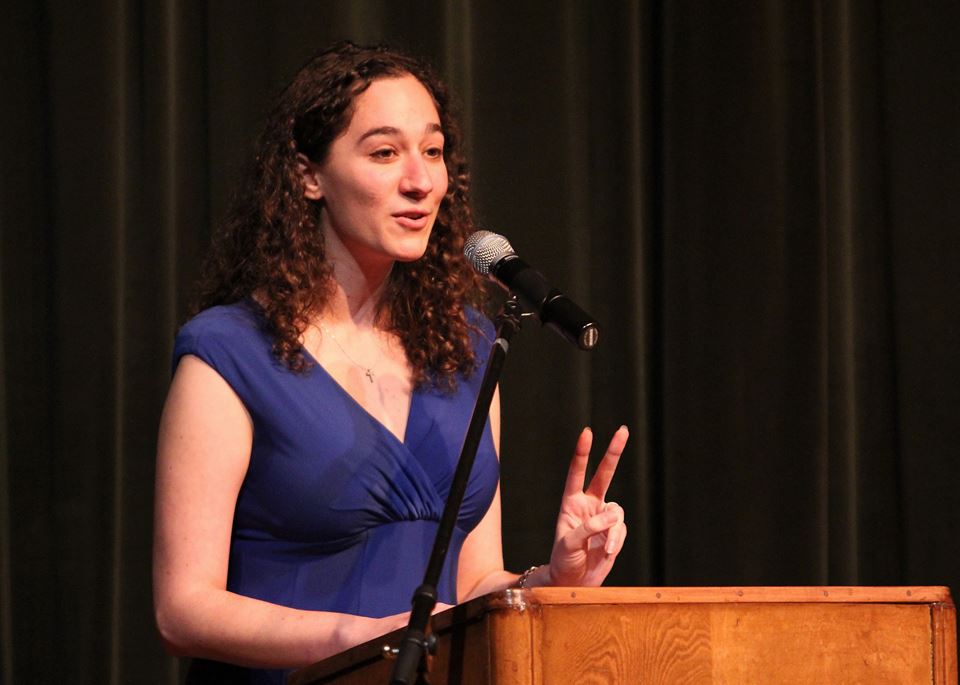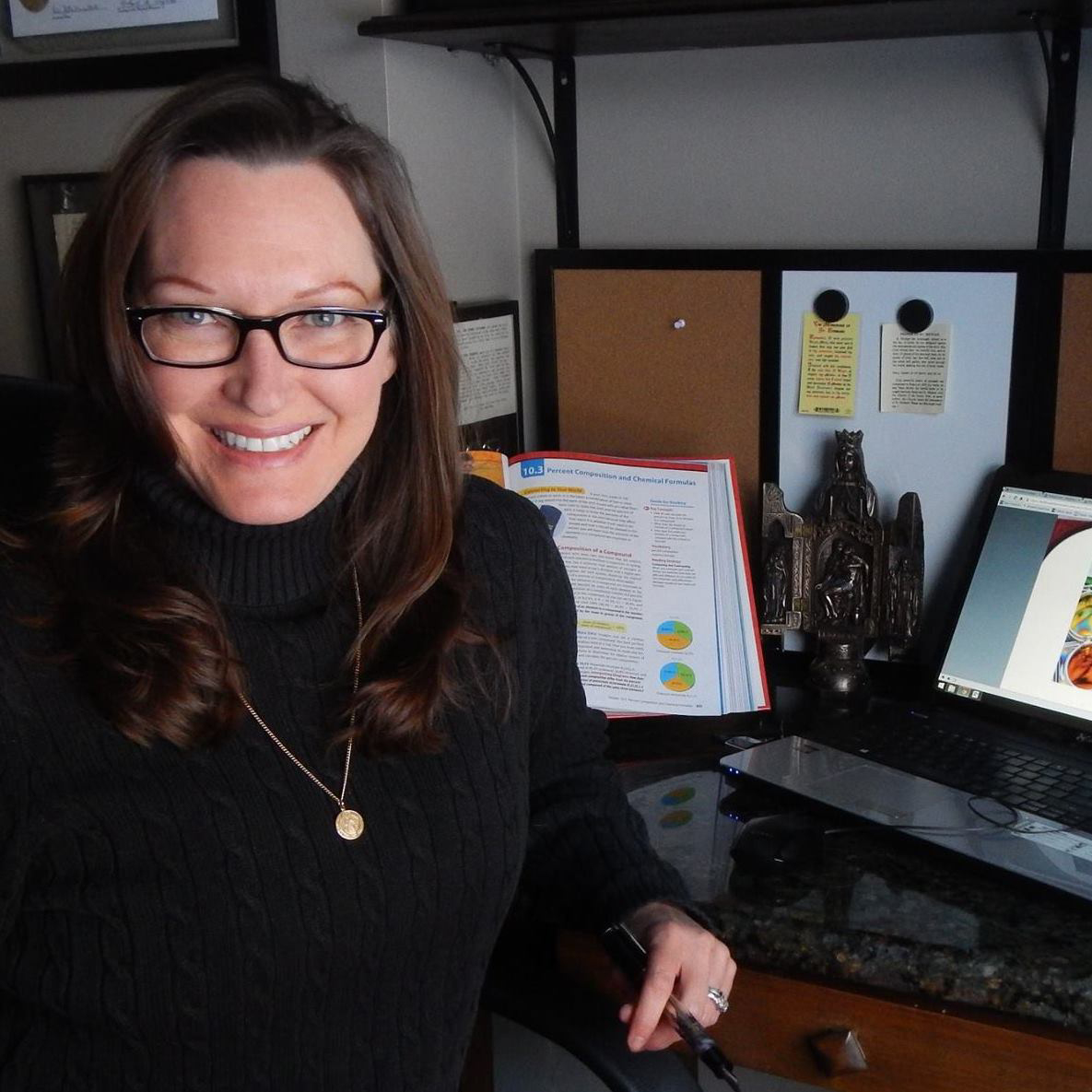Their conversion stories show that, as G.K. Chesterton observed, “The Church is a house with a hundred gates, and no two men enter at exactly the same angle.”
Lenten Campaign 2025
This content is free of charge, as are all our articles.
Support us with a donation that is tax-deductible and enable us to continue to reach millions of readers.
Marcus Grodi, the host of EWTN’s The Journey Home, has heard a lot of interesting conversion stories over the years, many from former Protestants like himself. But the show recently featured three very interesting conversations with women who journeyed into the Catholic faith—not from a non-Catholic denomination, or a non-Christian religion, but from unbelief in God.
Leah Libresco Sargeant’s story: It began a philosophical search
The idea of a woman choosing to become a Catholic would already be a baffling one for many people today. But why on earth would these three intelligent atheists become Catholic of all things?
I highly recommend watching all three interviews, which are linked below. Because as it turns out, their answers to that question are unique—and thereby hangs a tale.
The most recent interview was with Leah Libresco Sargeant, a statistician, author, and Word on Fire Institute Fellow. Raised in a nonreligious home in a secular Jewish neighborhood on Long Island, Leah describes how her early fascination with Stoicism in middle school led her to an ongoing search for the rational basis of morality. This was a purely philosophical search; it had nothing whatsoever to do with religion, which, following the new atheists, she saw as obsolete.

Kant led her to Aristotle, but something was missing; she was still unable to reason her way through moral truth with the same clarity as mathematical truth. She then recalls how her boyfriend, some debate club friends, and the philosopher Alasdair MacIntrye—all smart people, and surprisingly enough, all Catholic—moved her to accept Catholicism as a rational and coherent, but false, system. But after a particularly illuminating realization, Libresco finally came to embrace the reality of God and became Catholic, and now spends much of her time talking about the importance of building Christian communities.
Sr. Theresa Aletheia Noble’s story: A punk rocker who wrestled with despair
The second story from Sister Theresa Aletheia Noble is just as interesting as Libresco’s, but is in many ways its opposite. Sr. Theresa was not a convert, but a “revert”; she was not raised in a secular home, but a religious and specifically Catholic one. But she explains how the hypocrisy and hypocrisy of Christians and the problem of suffering led her to reject Catholicism, become an atheist, and enter the punk rock scene. While Leah’s journey into the Church very much followed the rationalistic strain of philosophy, Sr. Theresa’s was more existential. She began to travel the world, wrestling with concrete questions of purpose, despair, and death.
Her search did not at first lead her back to Catholicism. (That came later—and not through debates, but through a powerful encounter with the Eucharist.) Instead, it led her to an openness to meditation and the power of beauty. Her curiosity about spiritual things deepened, and in one particular moment of holy gratitude and awe, God “introduced himself.” She eventually felt called to the religious life and joined the Daughters of St. Paul because of their commitment to evangelization. And in a perfectly punk-rock twist, she has been focusing on reviving the memento mori—the ancient Christian practice of regularly calling to mind your own death—and explaining why it is not dark or depressing, but hopeful and life-changing.
Dr. Stacy Trasancos’ story: A scientist who found answers in the Catholic Church
Then there is the story of Dr. Stacy Trasancos, a trained chemist and another Word on Fire Institute Fellow. Unlike both Leah and Sr. Theresa, Stacy’s conversion to Catholicism grew out of a science background. Raised in a Baptist family, Trasancos describes falling in love with science early in life, a love that didn’t seem to pose any real conflict with faith. But as she matured, science increasingly seemed to have the answers to everything, while religion provided little more than a reason to have to wake up early on the weekends. So she adopted a worldview of scientific materialism and left God behind. Trasancos went on to earn her doctorate in chemistry and work as a chemist for DuPont before starting a family.

But as both her knowledge and relationships deepened, she increasingly felt science might not have all the answers after all. She was introduced to Catholicism through her husband, a cradle Catholic who had stopped practicing, and soon discovered the bigger intellectual system enveloping her life’s work. The Catholic Church not only answered deep personal questions about relationality; it was also in perfect harmony with modern science, an enterprise it birthed, fed, and protected with motherly love. She joined the Catholic Church, convinced that Catholics should be doing more to encourage each other to become scientists—and evangelizing through science.
There are some clear commonalities in these three stories beyond just journeying from atheism to Catholicism. All three women were led into the Church through a combination of both concrete personal experiences and abstract intellectual struggles; all three cite personal encounters with others as being integral to their faith journey; and all three came out of their conversion with a passion for sharing the Gospel in a way that reflects their own unique story.
But it’s striking just how different they are—and how capacious they therefore show Catholicism to be. “The Church is a house with a hundred gates,” G.K. Chesterton once observed, “and no two men enter at exactly the same angle.” The same could be said for these three impressive women. Moral reasoning, existential searching, scientific investigation—they all mysteriously led to the gates of the same good, beautiful, true home: the God-made-man and his Church for all people.








